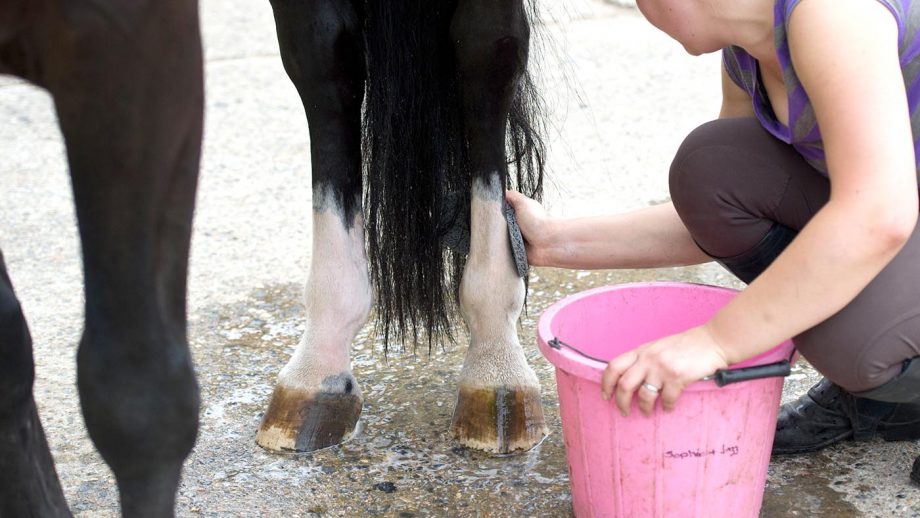Assembling a western horse bit and bridle may seem daunting, especially for newcomers to the world of equestrian activities. This comprehensive guide will not only simplify the process but also ensure that you approach the task with confidence and precision.
The intricate process of putting together these elements is critical for a comfortable riding experience. To understand how to assemble a western horse bit and bridle effectively, let us delve into the heart of the matter. In this guide, we’ll simplify what might otherwise seem like an overwhelming task, turning the process into a straightforward, step-by-step adventure.

Understanding the Components
The Western Bit
The bit is a vital component in the bridle assembly. It helps guide your horse and ensures proper communication between rider and steed. Different types of bits cater to varied riding needs, so understanding the type of bit best suited for your horse’s needs is essential.
The Bridle
The bridle holds the bit in place, allowing the rider to exert necessary control. A standard western bridle features browbands, cheekpieces, throatlatch, and reins, forming an essential tool for equine management.
Important Pre-Assembling Tips
Choosing Quality Gear
Select high-quality components to ensure durability and safety. Quality bits and bridles make a significant difference in horse riding performance.
Need for Clean Equipment
Hygiene is paramount. Clean your bridle thoroughly before assembling, promoting longevity and preventing oral infections for the horse.
Step-By-Step Bridle and Bit Assembly
Organize Your Space
Start by organizing your materials. Having all components within reach will streamline the assembly process and avoid unnecessary frustration.
Attaching the Bit
First, thread the bit through the bridle’s cheekpieces. Ensure correctness by positioning the bit to fit comfortably within the horse’s mouth.
Adjusting the Cheekpieces
Good bridle fit is critical. Check and adjust the cheekpieces so the bit rests correctly against the corners of the horse’s lips. Not too high, not too low.
Fastening the Browband
The browband should be placed over the horse’s forehead, securing the rest of the bridle. Avoid overtightening, which may cause discomfort.
Evaluating the Final Fit
Comfort Check
Conduct a comfort check to confirm the bridle and bit are fitted correctly. Seek signs of discomfort in your horse, such as tossing its head or chomping excessively at the bit.
Tightness Review
Ensure the bridle is snug yet allows for natural movement and respiration. Always prioritize the horse’s comfort and safety.
Maintenance After Use
Cleaning the Equipment
After each use, dismantle and clean your bridle and bit to prevent buildup of residue. Use suitable cleaning agents to enhance longevity.
Proper Storage
Store your gear in a dry, cool place to avoid damage. For detailed storage tips, you might want to check out how to maintain and store rider gear effectively.
Common Mistakes to Avoid
Incorrect Bit Placement
A common blunder is incorrect bit placement. Always verify bit position, ensuring it aligns with the corners of the horses mouth.
Ignoring Horse Feedback
Never disregard your horse’s feedback. Behavioral changes often indicate discomfort or incorrect assembly. Act on these cues promptly.
Benefits of a Properly Fitted Bridle and Bit
Enhanced Control
With proper assembly, enjoy better control during rides, reducing miscommunication between horse and rider.
Improved Horse Comfort
A well-fitted bridle and bit can significantly improve your horse’s comfort, fostering a harmonious horse-rider relationship.
Additional Resources
For those interested in deepening their understanding and skills in equestrian activities, exploring other resources and guides can be immensely beneficial. Consider diving into some useful materials such as essential riding gear, or strengthening your bond through groundwork exercises.

FAQs
Why is my horse resistant to the bit?
Your horse’s reaction might be due to an ill-fitting bit or discomfort. Always ensure a proper fit to maximize horse comfort and reduce resistance.
Are western bits different from English bits?
Yes, western bits often have different functionalities and designs than English bits, catering to distinct riding styles and requirements.
What is the purpose of a throatlatch?
The throatlatch helps keep the bridle in place, especially during high-movement activities, providing additional security.








